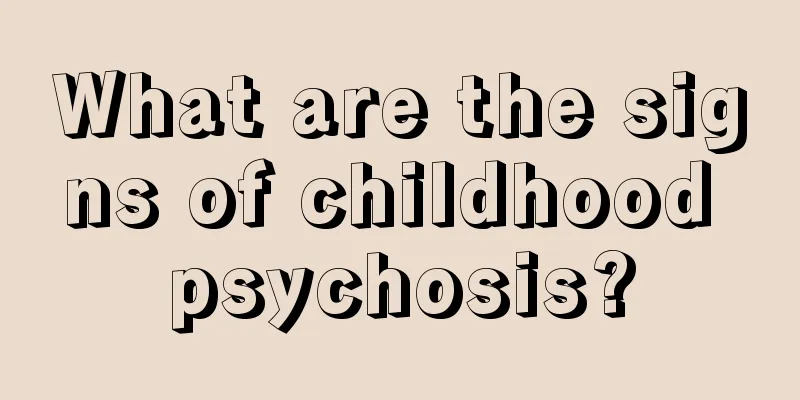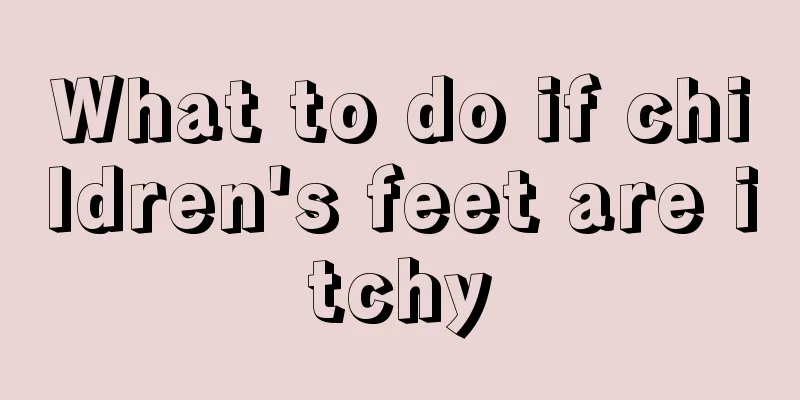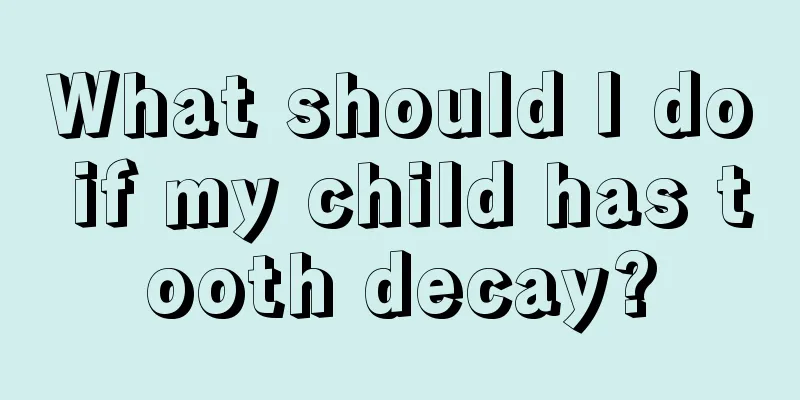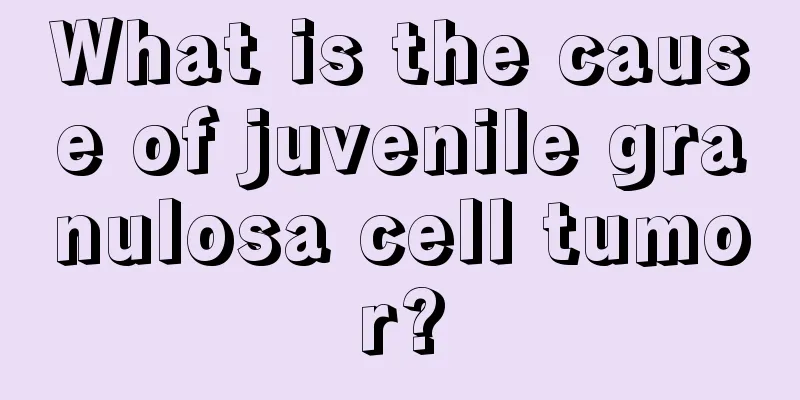What are the signs of childhood psychosis?

|
Childhood schizophrenia is a relatively serious problem for parents, so parents should pay more attention to their children's behavioral habits during their growth and find out if there are any precursor signs, such as behavioral changes, sleep disorders, inattention, or learning difficulties, or if they show emotions such as loneliness, withdrawal, and coldness, then they should pay attention. 1. Clinical manifestations: 1. The onset is mostly slow, and the acute onset increases with age. 2. Early symptoms The early symptoms of schizophrenia in children mainly include mood and behavior changes, sleep disorders, inattention, learning difficulties, etc. In some cases, obsessive thoughts and compulsive behaviors appear in the early stages. 2. Basic Symptoms and Characteristics (1) Clinical symptoms are closely related to age. The symptoms of young patients are atypical, monotonous and poor; the basic symptoms of adolescent patients are similar to those of adults. (2) Emotional disorders: Most of the symptoms are loneliness, withdrawal, coldness, alienation from relatives and friends, or unprovoked hostility, unreasonable fear, anxiety and tension, spontaneous mood swings, etc. (3) Speech and thought disorders: Younger children often show reduced speech, mutism, stereotyped repetition, unclear speech, and poor thought content. Older children may have pathological fantasies and bizarre delusions, and often have delusions of persecution, guilt, hypochondria, and non-bloodline. (4) Perceptual disorders: The perceptual disorders in children with schizophrenia are often vivid and characterized by horror and imagery. They may include visual hallucinations, auditory hallucinations (verbal or non-verbal), fantasy hallucinations, and perceptual complex disorders (such as believing that one is deformed or ugly), which are especially common in adolescent children. (5) Abnormal movements and behaviors: Children often show restlessness, disordered behavior, aimless running, laziness, weakness, dullness, or strange movements or postures. They often imitate movements or ritualistic stereotypes. A small number of children show catatonic stupor and excitement, impulsiveness, hurtful and destructive behaviors. (6) Intellectual disability: This is mainly seen in children with early onset disease, and most cases generally have no obvious intellectual disability. |
<<: What is the reason for high red blood cell count in children's urine routine
>>: What happens when a pimple appears at the corner of a child’s eye?
Recommend
Why is there hair growing on the wound on the child's leg?
There are the most mosquitoes in summer. Once bit...
What to do if your child keeps coughing
In autumn and winter, because the weather is cold...
What department should I go to for children with precocious puberty
In our lives, many children suffer from the pheno...
What are the clinical manifestations of children with cerebral palsy?
Every parent hopes that their children can grow u...
Diagnosis of hydrocele in children
The diagnosis method of hydrocele in children is ...
What should I do if my baby's eyes are red and swollen and have eye mucus?
We know that the baby's physique is very diff...
What to do if baby has stuffy nose when using air conditioner_ What to do if baby has stuffy nose when using air conditioner
It is very common to use air conditioning in the ...
What are the symptoms of intestinal spasms in children
For parents, babies are their most cherished trea...
What causes acne on baby's face?
Not only people entering puberty will get acne, b...
Causes and treatment of white spots on the nails of 2-year-old babies
Generally, children's nails should be a healt...
How to deal with gingivitis in children
Some friends often hear their children complainin...
What to do if your child has red spots on his face
It is a common problem for children to have red s...
Symptoms of sleep regression during the tossing period
During the growth process, babies will encounter ...
Children's nebulization time
Coughing is a very common condition in children. ...
What should I do if my child falls off the bed and hits his head?
Basically, if there is a baby at home, the family...









